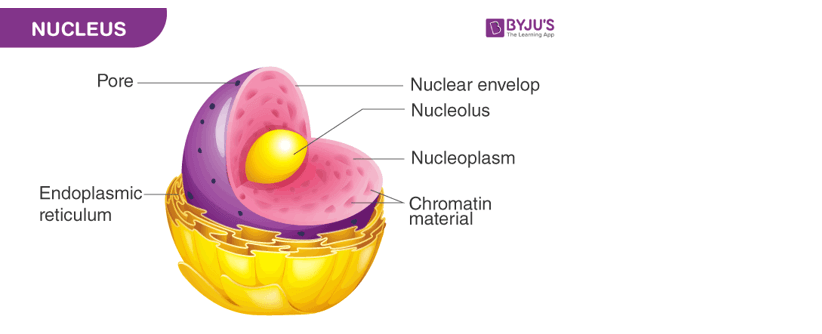Which of the following functions does the myelin sheath perform for a nerve cell?
A. Insulation
B. Regeneration
C. Sensory perception
D. Nutrition
The myelin sheath is a protective membrane that wraps around parts of certain nerve cells.
Its fatty-protein coating provides protective insulation for your nerve cell like the plastic insulation covering that encases the wires of an electrical cord ².
This allows the electrical impulses to travel quickly and efficiently between one nerve cell and the next. The other options are incorrect because they do not describe the functions of the myelin sheath.
Regeneration, sensory perception, and nutrition are not functions performed by the myelin sheath for a nerve cell.

Therefore, the Correct Answer is A.





